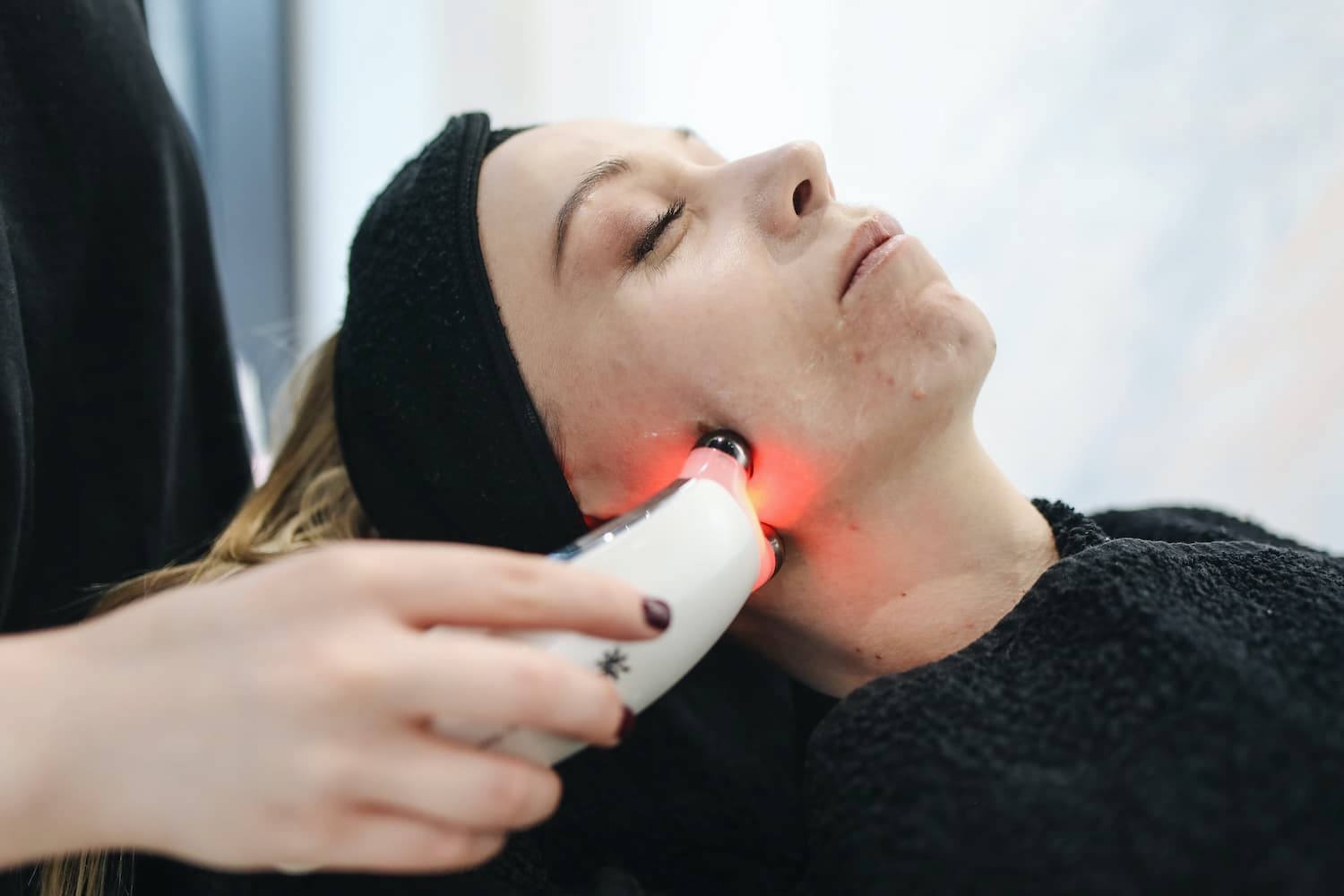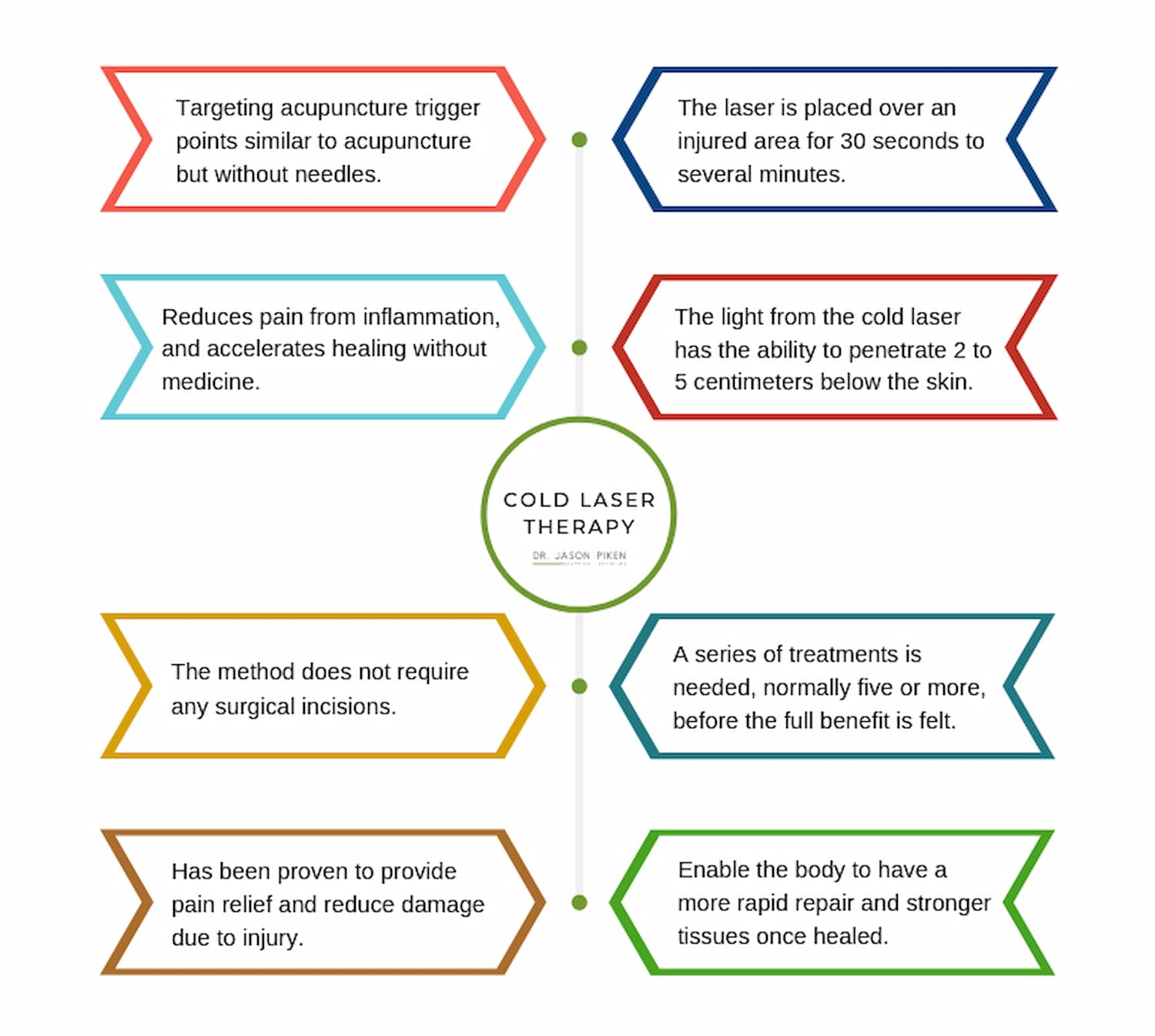
Are you one of those people that hates needles but has always wanted to try acupuncture? Try laser acupuncture – a form of acupuncture that works in the same way as traditional acupuncture but without using any needles at all.
Recapping the Basics of Acupuncture
In acupuncture, there are different points on the body, known as acupoints, that relate to the flow of energy throughout the different organs. This energy is called “qi” and the energy pathways themselves are called “meridians”. If there is a disruption in the flow of qi through the meridians, disease or ill health may occur. Acupuncture is used to correct the energy flow through the insertion of acupuncture needles into specific points on the body.
Real acupuncture has been linked to the treatment of a wide range of health conditions, thanks to its ability to assist the body's inherent healing power. However, laser treatments are growing in popularity, particularly among people who want to combine the beneficial effects of acupuncture with conventional medical treatment without having to see acupuncture needles.
What is Laser Acupuncture?
Also referred to as cold laser therapy, laser acupuncture involves using laser beams to stimulate the acupoints on the body with little or no discomfort. The laser light emitted by the laser device stimulates the body's natural electrical impulses, which helps to promote healing.
Each laser beam goes through a lens called an optical resonator, which changes the laser's wavelength to one therapeutically useful for laser therapy. Then, it focuses on the patient's acupoints.
How Laser Acupuncture Works
Laser acupuncture has been used for years in Europe and Canada and is now available in Australia. It is a modern take on traditional acupuncture treatments that are more than 2,000 years old. In laser therapy, the laser is used to focus energy on the acupoints in order to give the patient a noninvasive treatment with no pain at all. It is exactly the same as real acupuncture, but light energy from the laser device is used to stimulate the acupoints instead of needles.
Laser acupuncture therapy employs a number of techniques, the most common of which is photobiomodulation. It uses low-level laser therapy on various acupoints, which interacts with the body's cells and tissues, allowing damaged tissues to heal.
Laser therapy is most often used in conjunction with traditional Chinese medicine or Western medicine treatments.

Source: Dr. Jason Piken
Conditions That Laser Acupuncture Can Treat
Because laser therapy helps relieve chronic pain, it can be used to support recovery from surgery or injury, accelerate healing for soft tissue injuries and decrease scar tissue formation. Laser beams also help reduce inflammation at sites where they're applied, making them an ideal way to manage musculoskeletal complaints, promote wound healing in patients with certain medical conditions, such as diabetes or peripheral artery disease, and alleviate emotional or mental distress. The effects of cold laser acupuncture on the following conditions have been well documented:
- Addictions such as addiction to smoking, alcoholism and overeating
- Cravings and withdrawal symptoms associated with addictions
- Neuropathic pain
- Low-back pain
- Neck pain
- Carpal tunnel syndrome
- Frozen shoulder
- Limited range of motion
- Sciatica
- Pain management
- Pain relief
- Scar tissue
Many breast cancer survivors have also attested to the effectiveness of acupuncture, both traditional and laser acupuncture, in alleviating post-surgery lymphoedema. Because laser acupuncture doesn't hurt, it can be used to treat people of all ages. Most Chinese medicine practitioners will limit laser therapy sessions to adults, but some will use laser acupuncture on children if they are old enough to understand the treatment process.
Side Effects of Laser Therapy
Laser acupuncture can be used to treat a variety of health issues because it is noninvasive and painless. However, laser light can cause temporary discomfort to some people when they first start laser therapy. This sensation usually disappears in time.
Following treatment, other possible adverse events may include skin redness, itching and swelling surrounding the treated area. Your healthcare practitioner will show you how to properly clean and dress the treated area in addition to providing an ointment to speed up the healing process. These adverse effects usually go away within 24 hours.
How to Prepare for Laser Acupuncture
To get the best results from your laser acupuncture session, plan your treatment carefully and follow the advice of your healthcare practitioner. Here are a few key points to remember:
- Discuss whether laser acupuncture is right for you with your healthcare provider.
- Take a warm bath an hour before your treatment session to open pores and relax muscles, which will help increase your comfort.
- Wear comfortable clothing such as loose-fitting sweatpants or yoga pants and a T-shirt or sweatshirt. Do not wear clothing that has zippers or buttons near where laser acupuncture will be performed, as they can interfere with treatment results.
- Remove any piercings from the laser acupuncture treatment area, as well as any pieces of jewellery that might heat up due to being in direct contact with laser light, which could result in bruising or burns on the skin below them.
- If possible, avoid taking any medications, such as aspirin or ibuprofen, before laser acupuncture treatments to avoid bruising.
To find a qualified laser acupuncturist, you can get a referral from your primary healthcare provider or use Natural Therapy Pages' comprehensive practitioner listing pages.
Originally published on Apr 27, 2008








